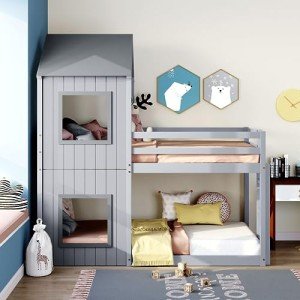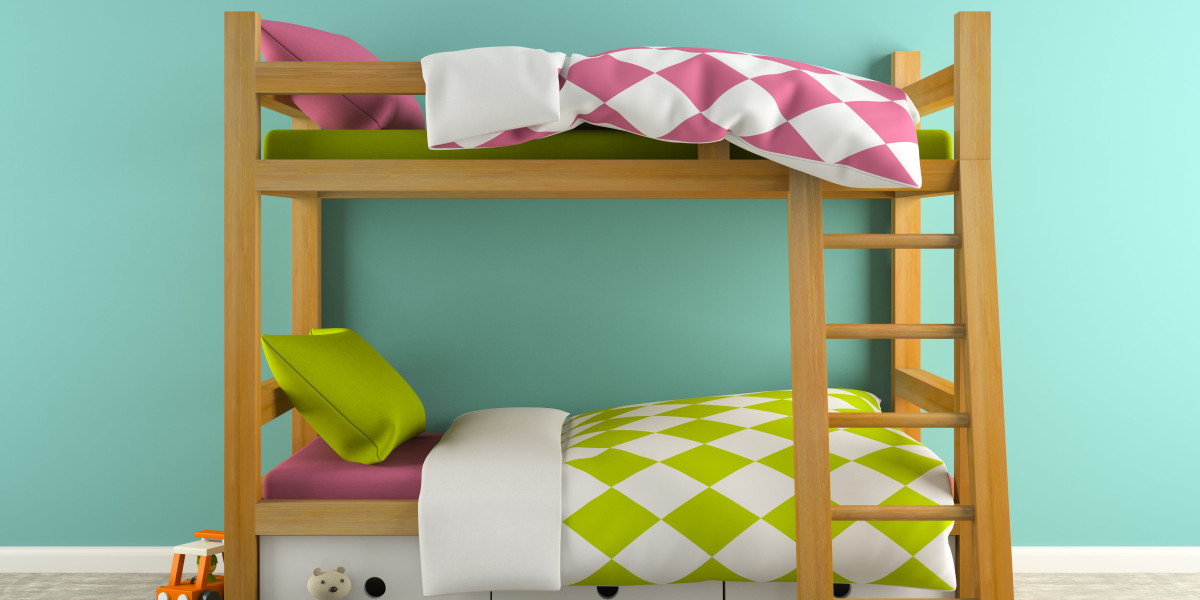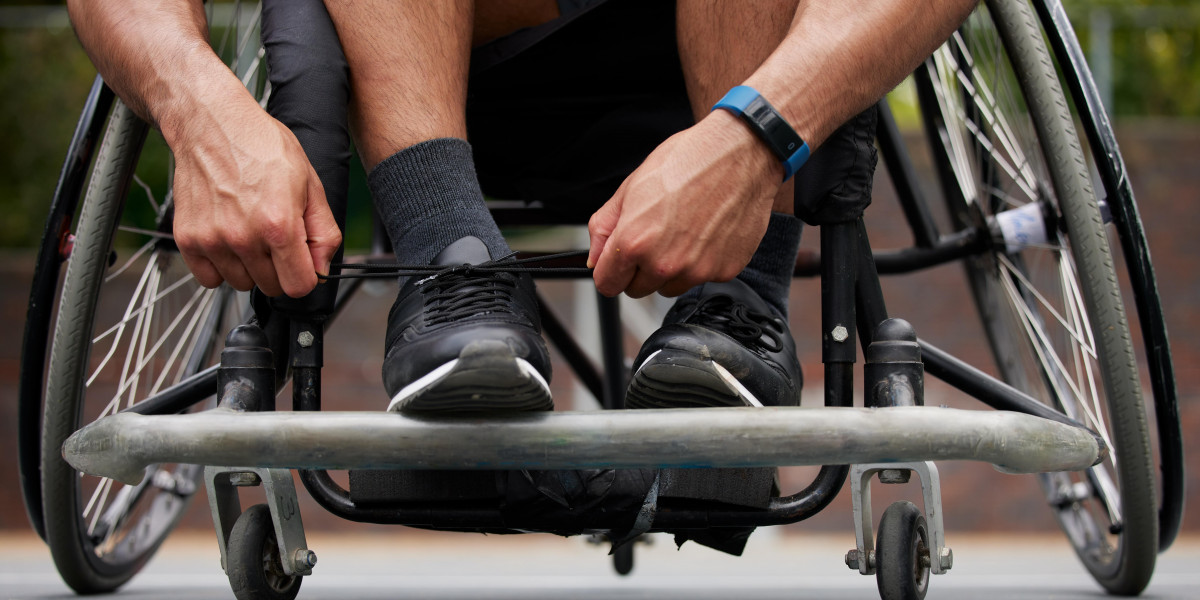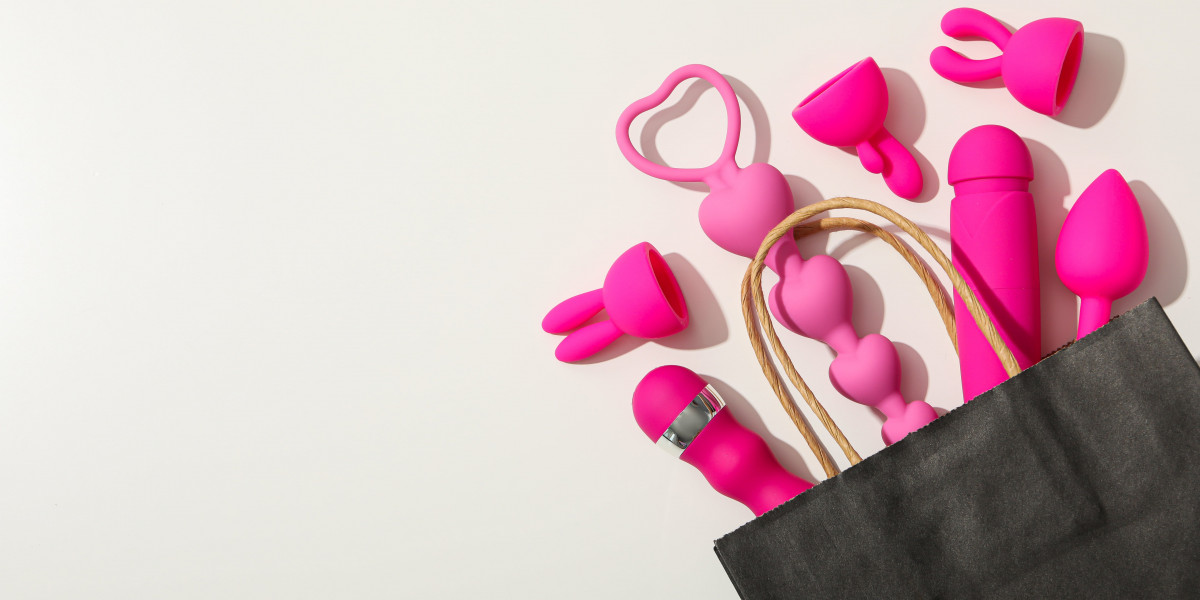The Ultimate Guide to Kids Bunk Beds: Maximizing Space and Fun
With the increase of vertical living and smaller sized areas, the appeal of bunk beds has actually skyrocketed amongst households. Bunk beds not just provide a practical sleeping option, particularly in shared spaces, but they likewise bring an aspect of enjoyable into a kid's life. This comprehensive guide looks into the functions, benefits, and factors to consider of kids' bunk beds, making it simpler for parents to pick the right bed for their children.
Functions of Kids Bunk Beds
Bunk beds are versatile pieces of furnishings that serve more than a single function. Here are some crucial features to consider:
| Feature | Description |
|---|---|
| Product | Bunk beds can be constructed from wood, metal, or a combination of both, using differing levels of durability and design choices. |
| Safety Features | The majority of bunk beds come geared up with guardrails, safe and secure ladders, and capped assistances for security, especially crucial for young kids bunk beds. |
| Style Variety | Alternatives vary from classic styles to contemporary designs, guaranteeing a match for any space décor. |
| Space-Efficiency | Bunk beds make use of vertical space, making them perfect for smaller spaces. |
| Convertible Options | Some designs can be converted into 2 separate beds, providing flexibility as kids grow. |
| Storage Solutions | Some bunk beds feature built-in storage drawers or racks, helping to keep the space organized. |
Advantages of Kids Bunk Beds
Purchasing a bunk bed features several benefits:
- Space Saving: Bunk beds optimize floor space, permitting for more play area or storage solutions.
- Enjoyable Factor: With a bunk bed, kids have a location that promotes imagination and friendship during slumber parties or playdates.
- Affordable: Instead of acquiring 2 separate beds, a bunk bed can accommodate 2 children at when, saving money in the long run.
- Versatility: Many bunk beds can be disassembled or converted into twin beds, making them a long-term financial investment as children's needs alter.
- Social Interaction: Bunk beds encourage household bonding and friendships, offering an inviting space for children to share stories and laughter.
Factors to consider When Choosing a Kids Bunk Bed
When choosing the best bunk bed for a kid, moms and dads should consider different elements:
- Safety Standards: Ensure that the bunk bed adhere to safety guidelines and features essential safety features.
- Age Appropriateness: Different models deal with different age groups. For instance, standard bunk beds may not appropriate for more youthful children.
- Room Dimensions: Measure the bed room to guarantee the bunk bed for kids bed fits appropriately, enabling for space to move around comfortably.
- Weight Capacity: Consider the weight load of each bed and ensure it accommodates the kid's weight easily.
- Style Preferences: Letting kids get involved in the selection process can assist them feel more excited about their new bed.
Kinds Of Kids Bunk Beds
Bunk beds come in different styles and configurations to match different needs:
| Type | Description |
|---|---|
| Standard Bunk Bed | A classic style with one bed stacked on top of another, normally utilizing a ladder to access the top bunk. |
| L-Shaped Bunk Bed | Features 2 bunk beds linked in an L-shape, frequently more roomy and appropriate for kids sharing a room but needing a bit more space. |
| Triple Bunk Bed | Makes up three stacked beds, suitable for optimizing sleeping arrangements in extremely limited areas. |
| Loft Bed | A raised bed with space underneath that can act as a backyard, study corner, or extra storage. |
| Futon Bunk Bed | Combines a bunk bed on the top with a futon or couch beneath, making it great for slumber parties and making the most of room usage. |
| Convertible Bunk Bed | Can be separated into two private beds, offering flexibility as children's needs alter. |
Caring for Kids Bunk Beds
Keeping bunk beds children's beds is crucial for ensuring longevity and safety. Here are some basic care practices:
- Regular Inspections: Check the bed regularly for loose screws and tightened up bolts to guarantee stability.
- Cleanliness: Keep bed linen clean and fresh, turning bed mattress for even use.
- Guardrails: Ensure guardrails are safe and in place, specifically if kids tend to walk around a lot in their sleep.
- Air Circulation: Ensure the bed has adequate air flow, preventing moisture buildup that can cause mold or mildew.
Frequently Asked Questions About Kids Bunk Beds
Q1: At what age can a child safely use a bunk bed sales bed?

A1: Generally, children aged 6 and older are considered safe to use the upper bunk bed near me due to the height and stability aspects included.
Q2: Can I place a bunk bed near a window?
A2: It is recommended to prevent positioning a bunk bed near windows to decrease the threat of falling or injuries.
Q3: Are bunk beds safe for younger children?
A3: While some modern-day bunk beds include safety features accommodating younger children, it is usually advised to wait up until they are older, normally over 6 years.
Q4: What is the normal weight limit for leading bunks?
A4: Weight limits vary by model but usually vary from 150 to 250 pounds. Always refer to the manufacturer's specifications.
Q5: How typically should I check the bunk bed's security functions?
A5: It is advisable to perform a safety check every few months or whenever you discover any indications of wear.
Kids' bunk beds act as a strategic solution for households wanting to make the most of space while offering a fun and appealing sleeping environment for their kids. With a range of options offered-- from standard styles to loft beds-- moms and dads have the liberty to choose something that meets their family's specific needs. By considering essential factors such as safety, space viability, and their children's choices, parents can make an educated option, guaranteeing that each kid is excited about bedtime while benefiting from an efficient space.







